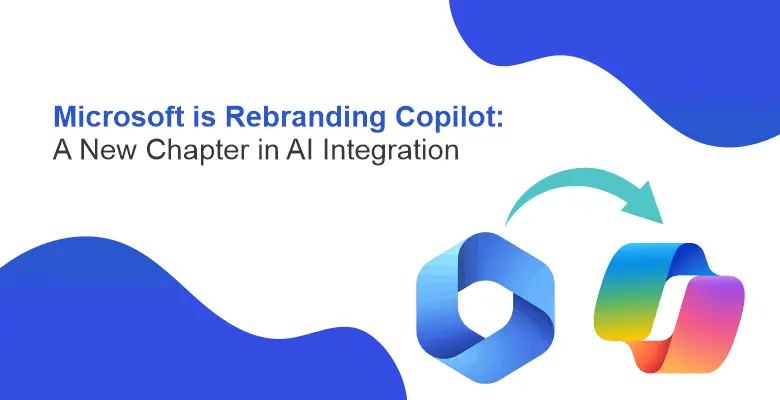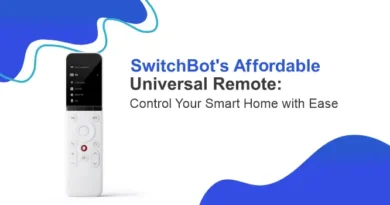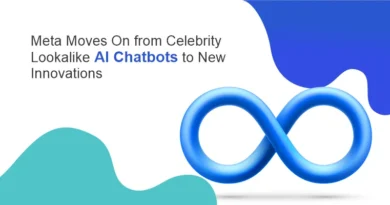Microsoft is Rebranding Copilot: A New Chapter in AI Integration
In the ever-evolving world of technology, Microsoft has once again taken a bold step forward by rebranding its AI assistant, Copilot. This move is more than just a change in name. It’s a strategic evolution that reflects Microsoft’s commitment to integrating artificial intelligence (AI) more deeply into its suite of products and services. The rebranding of Copilot signals a new chapter in AI integration, one that promises to redefine how users interact with technology on a daily basis.
The Origins of Copilot
Copilot was initially introduced as a feature within Microsoft’s development environment, designed to assist programmers by suggesting code snippets, completing lines of code, and providing context-aware suggestions. It was a groundbreaking tool, leveraging AI to streamline the coding process and reduce the cognitive load on developers.
Built in collaboration with OpenAI, Copilot used machine learning models to understand and predict what developers might need next, making coding more efficient and less error-prone.
However, Microsoft quickly realized that the potential of Copilot extended far beyond the realm of software development. The technology that powered Copilot could be adapted and expanded to assist in a variety of other tasks across different Microsoft products, from Office 365 to Azure. This realization led to the rebranding of Copilot and its transformation into a more versatile AI assistant.
Trending on Techlopedia: Learn the Best Way to Organize iPhone Apps with Techlopedia
Why they are Rebranding Copilot?
The decision to rebrand Copilot comes at a time when AI is becoming increasingly central to Microsoft’s vision for the future. By rebranding, Microsoft aims to position Copilot as a key component of its broader AI strategy. They make it clear that this is not just a tool for developers but a powerful assistant that can enhance productivity across the board.
The rebranding also reflects a shift in focus from a purely developer-centric tool to a more universally accessible assistant. With AI becoming more prevalent in everyday tasks, Microsoft wants Copilot to be seen as a companion that can assist users in a wide range of activities, from writing emails to analyzing data. The new branding is designed to communicate this broader scope and to make the technology more approachable to non-developers.
Enhanced Capabilities
As part of the rebranding, Microsoft has significantly expanded the capabilities of Copilot. It is no longer just a code-completing assistant but a fully integrated AI that can assist with a variety of tasks across multiple Microsoft products.
In Office 365, for instance, Copilot can now help users draft documents, create presentations, and even analyze spreadsheets. By understanding the context of what the user is working on, Copilot can provide intelligent suggestions that save time and improve the quality of the output. For example, when drafting an email in Outlook, Copilot can suggest phrases, correct grammar, and even propose attachments or links based on the content of the message.
People Also Read: What is Microsoft Edge Web Browser? A Guide by Techlopedia
In Azure, Copilot has been enhanced to assist with cloud management tasks. It can help users configure services, optimize performance, and even predict potential issues before they arise. This proactive approach to cloud management is a game-changer for IT professionals, allowing them to focus on more strategic tasks rather than getting bogged down in routine maintenance.
Microsoft has also integrated Copilot into Teams, where it can help users manage meetings, summarize discussions, and suggest follow-up actions. In a world where remote work is becoming the norm, these features are invaluable for maintaining productivity and ensuring that nothing falls through the cracks.
A Seamless User Experience
One of the key goals of the Copilot rebranding is to create a seamless user experience across all Microsoft products. To achieve this, Microsoft has focused on making Copilot more intuitive and user-friendly. The AI assistant is designed to be context-aware, meaning it can understand the task at hand and provide relevant suggestions without the need for constant user input.
This seamless integration is especially evident in how Copilot adapts to different workflows. For instance, when working on a Word document, Copilot can automatically suggest relevant templates, pull in data from Excel, and even recommend images from the user’s OneDrive. This level of integration not only saves time but also ensures that users have all the tools they need at their fingertips.
Moreover, Copilot is designed to learn from user interactions. The more it is used, the better it becomes at predicting what the user needs. This personalized experience is what sets Copilot apart from other AI assistants, making it a valuable tool for users across different industries and roles.
In conclusion, the rebranding of Copilot is a significant milestone for Microsoft. It represents a shift towards a more integrated and user-friendly approach to AI, one that promises to revolutionize how we interact with technology. As Microsoft continues to innovate and push the boundaries of what AI can do, Copilot will undoubtedly remain at the forefront of this exciting journey.
Source: Microsoft is rebranding Copilot in the most Microsoft way possible



